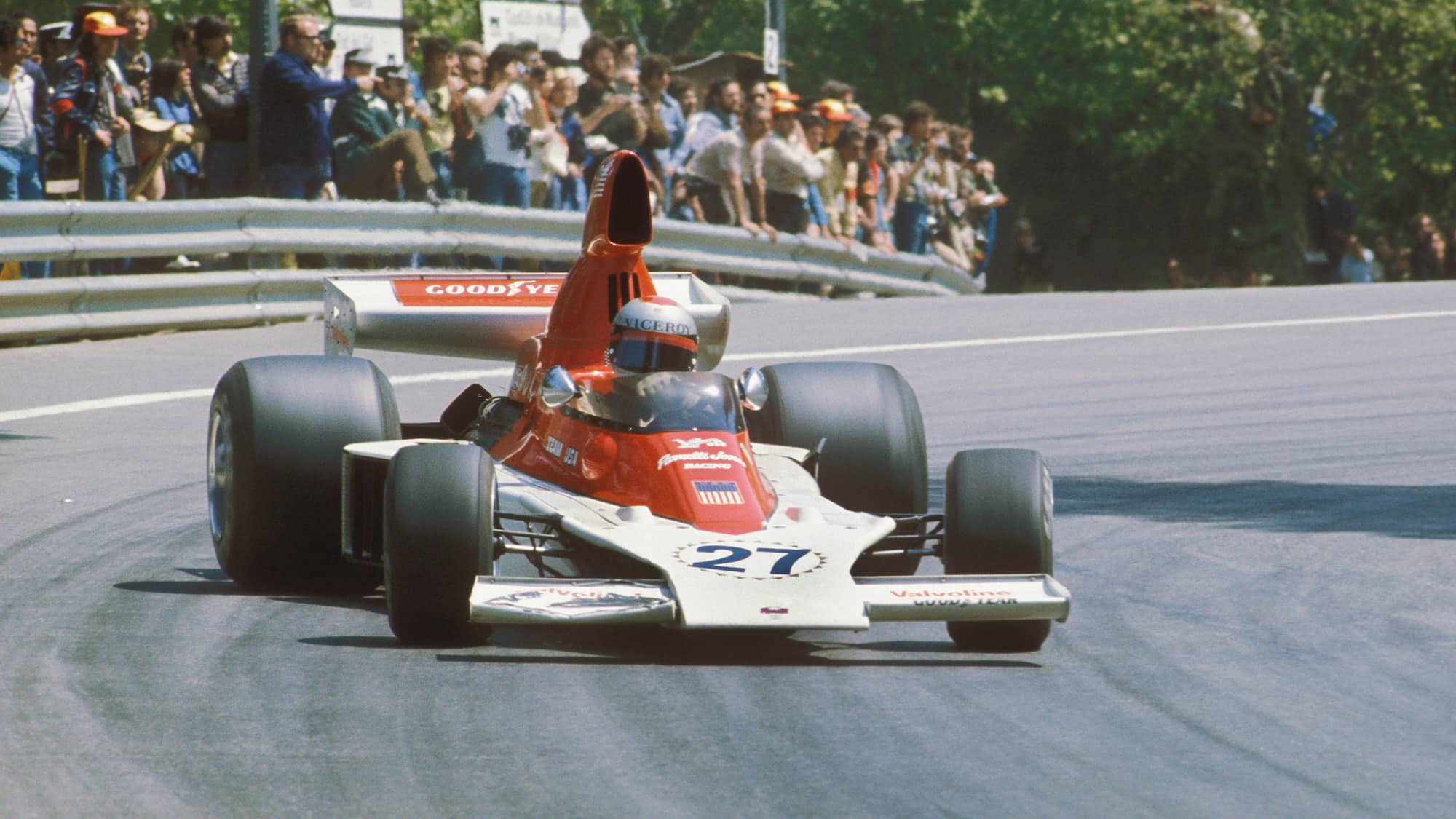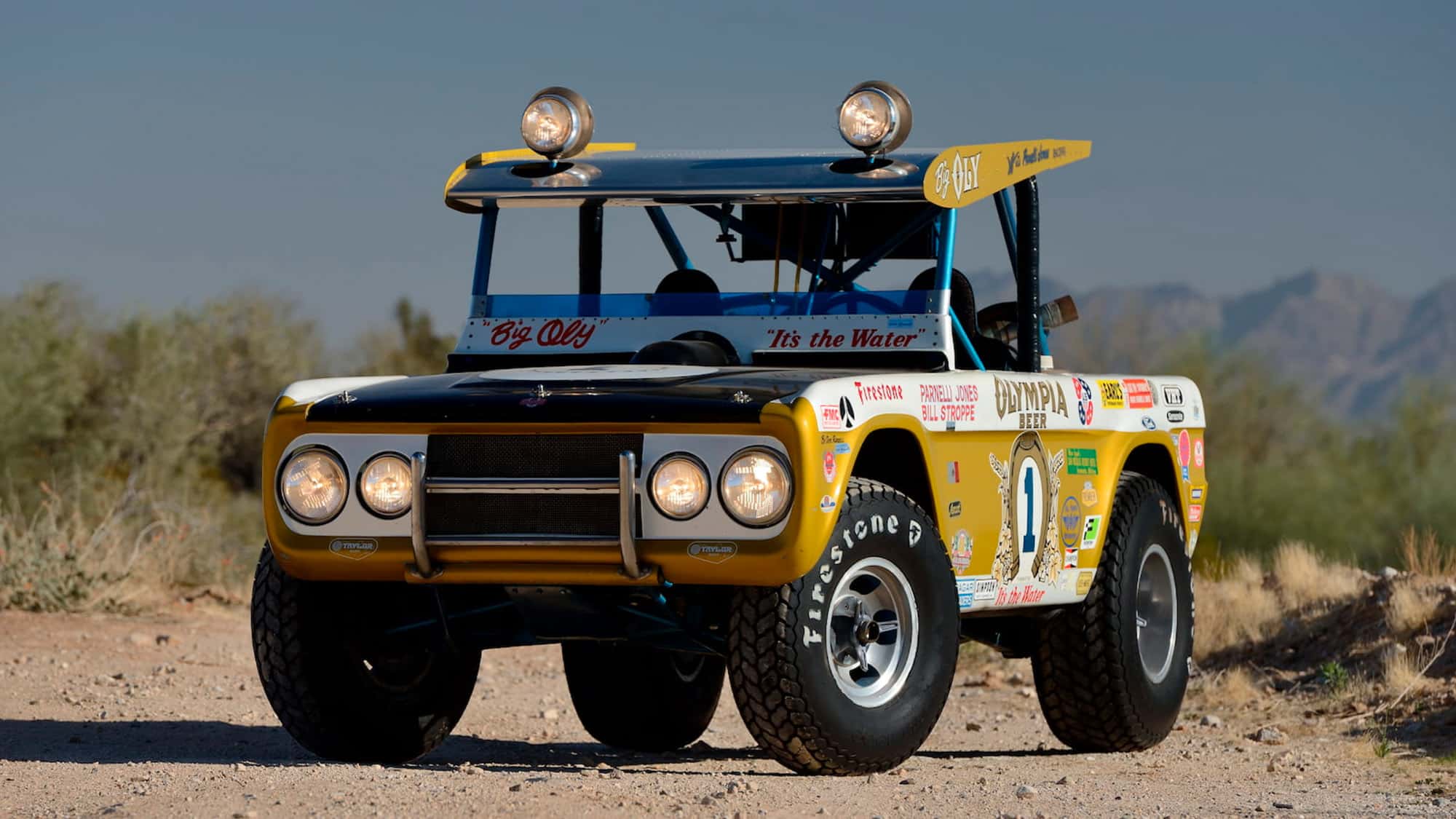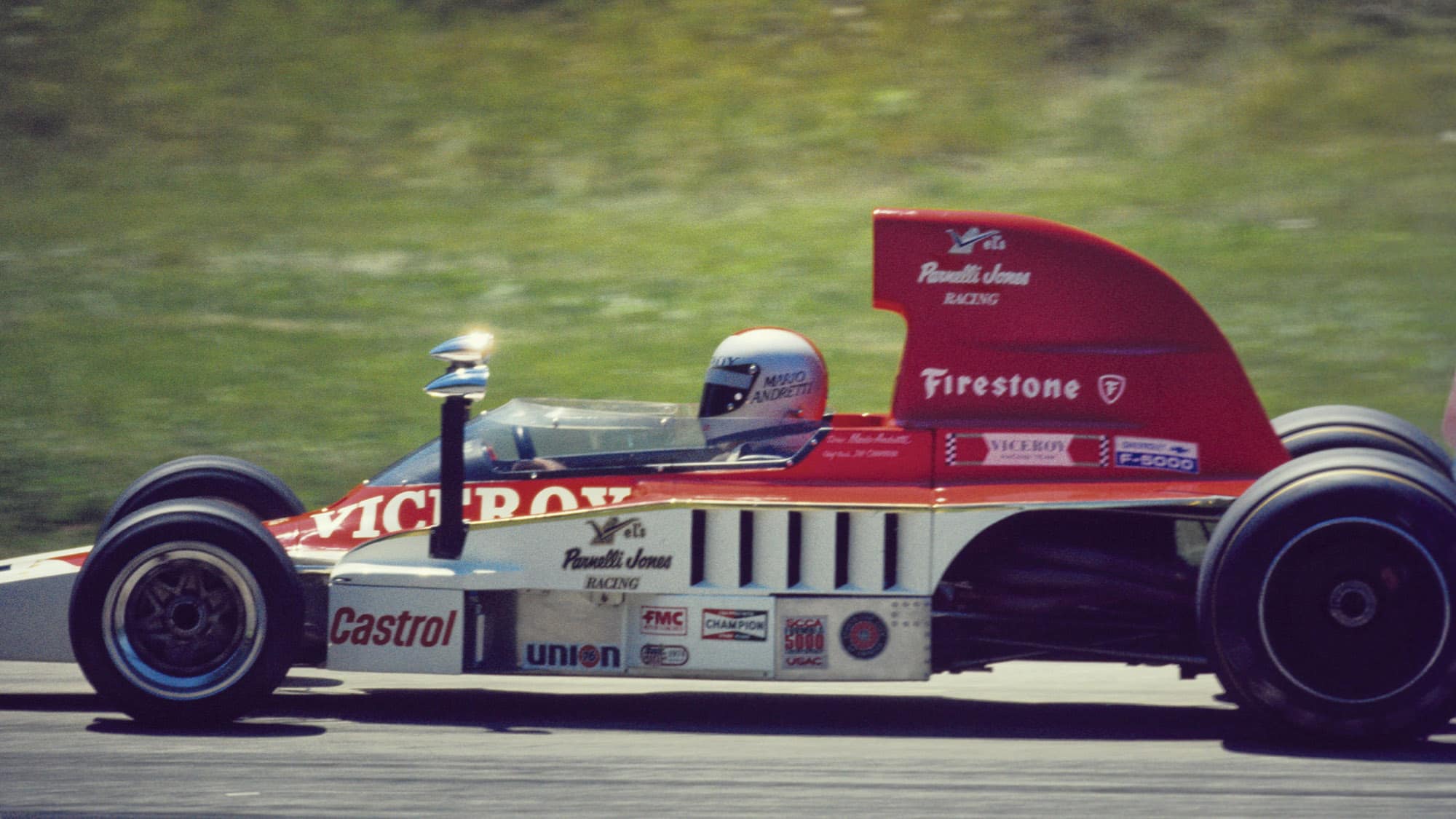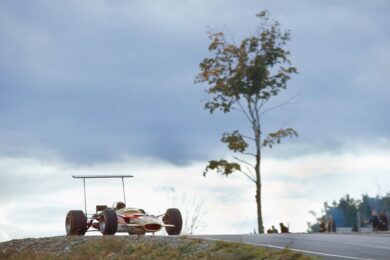Philippe designed a tidy, handsome car around a conventional Cosworth/Hewland drivetrain. The most unusual touches were inboard brakes and torsion bars rather than coil springs. Although the VPJ-4 was impeccably built, it was slower than the team’s F5000 car during testing at Riverside. “Maurice basically designed a three-year-old Lotus 72,” Andretti says.
Of course, the Lotus 72 was still winning races at the time. And the Parnelli showed promise early on. Andretti finished seventh in the car’s first race in Canada at the end of the 1974 season. Two weeks later, at Watkins Glen, he was quickest in first practice and qualified third before vapour lock prevented the car from starting. “Our car was superior at that time,” says Dilamarter, who managed the F1 team. “I guarantee you Mario would have won that race.”
And then, disaster. During the off-season, the sponsors bailed. Besides leaving the team short of financing, this meant that the VPJ-4 – which had been designed around the unique characteristic of bespoke tires – suddenly had to run on off-the-shelf Goodyears. Although the inboard brakes and torsion bars were junked over the course of the season in an effort to find pace, Andretti spent most races mired in mid-pack.
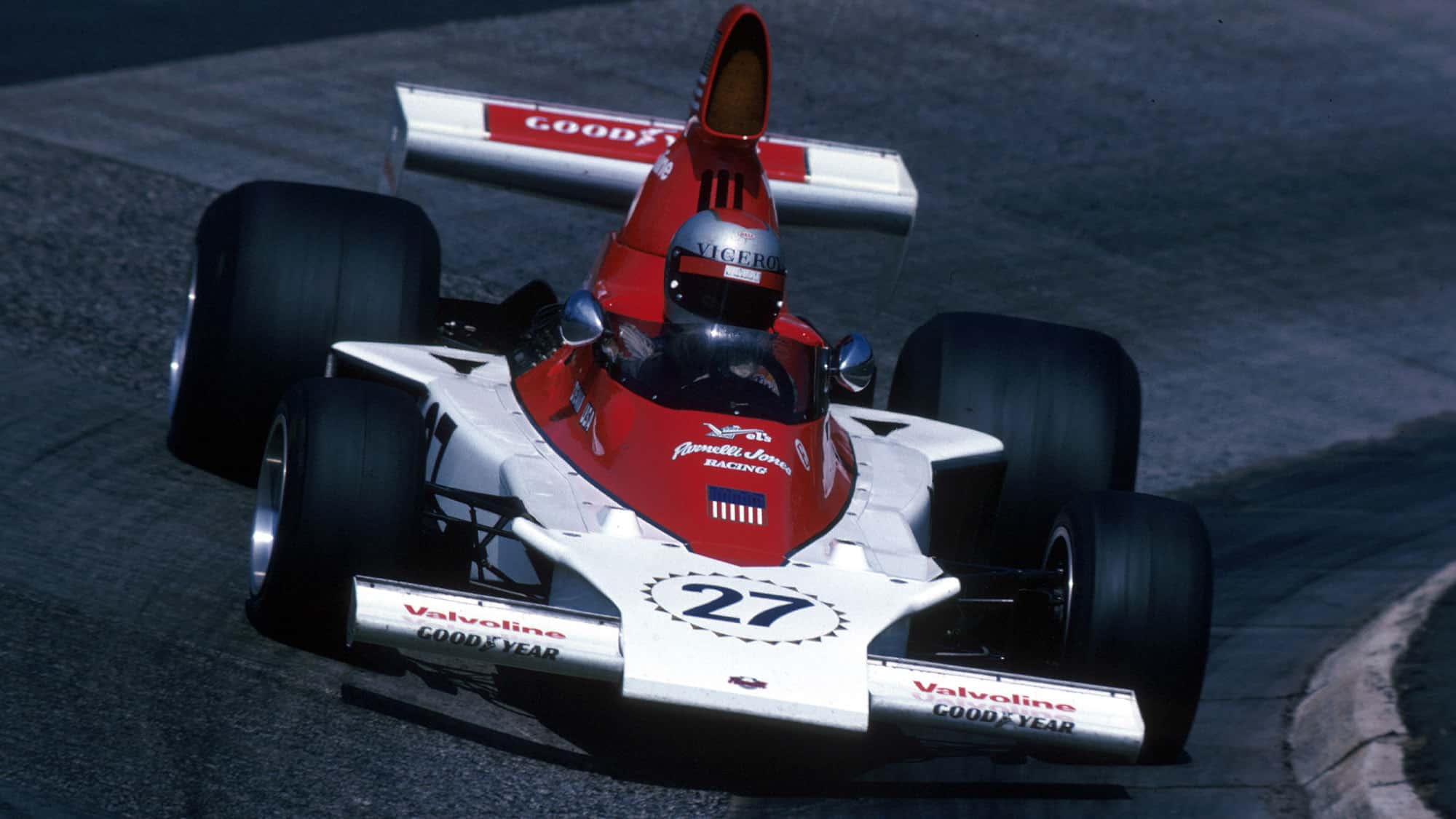
Goodyear-shod VPJ-4 — here at the Nürburgring in ’75 — never achieved its potential
Hoch Zwei/Ronco via Getty Images
The highlight of the 1975 season was the chaotic Spanish Grand Prix on a dangerously inadequate street circuit at Montjuïch. “I went through the field and passed James Hunt for the lead,” Andretti recalls. “And I’m leading with no problem when the radius rod in the left rear suspension pulls out.” (Possibly as a result of contact at the start.)
The VPJ-4’s best finish was a fourth at Sweden. But what Dilamarter remembers most vividly about the weekend is qualifying, where Andretti suffered a catastrophic brake failure. “We almost killed Mario,” he says. “The car was basically totalled, but Mario never made a big deal about it. He came back to the pits and got in the backup car without saying a word.”
